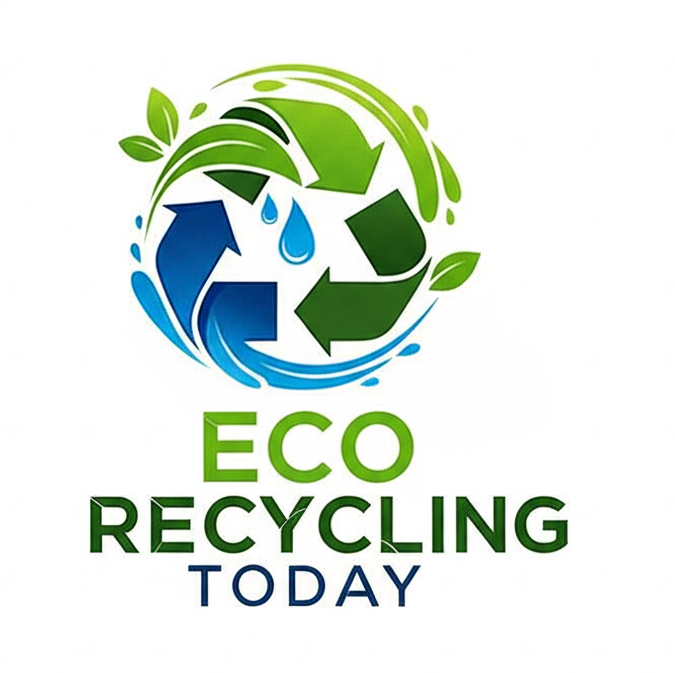In a world where technology evolves rapidly, millions of computers become obsolete each year. Rather than letting them pile up in landfills, computer recycling technology offers an environmentally responsible solution. By dismantling and repurposing components, recycling helps conserve resources, reduce pollution, and recover valuable materials.
Computer recycling is the process of collecting, dismantling, and processing old or unwanted computers to recover usable parts and materials. This includes desktops, laptops, servers, monitors, and related accessories. Instead of being discarded as e-waste, these devices go through specialized technologies that ensure safe, efficient recycling.

Computer Recycling Technologies
1. Data Destruction and Security
Before any recycling begins, secure data removal is crucial. Methods include:
- Degaussing: Using strong magnetic fields to erase data from hard drives.
- Physical Shredding: Crushing or shredding hard drives for irreversible destruction.
- Data Wiping Software: Overwrites data multiple times to prevent recovery.
2. Manual Dismantling
Technicians manually disassemble computers to separate components:
- Circuit boards
- RAM and CPUs
- Hard drives and SSDs
- Power supplies
- Cooling fans
- Screens and casings
Manual separation allows for more precise material recovery and reduces contamination.
3. Component Testing & Refurbishment
Still-functioning components like RAM, CPUs, or power supplies are tested, refurbished, and resold. This extends the lifecycle of materials and supports the circular economy.
4. Material Recovery & Sorting
Advanced machinery is used to separate and extract materials:
- Electrostatic separation: For recovering plastics and metals
- Eddy current separation: Separates non-ferrous metals like aluminum and copper
- Optical sorting: Uses cameras and sensors to sort materials by type and color
- Shredders and granulators: Break down casings and parts for easier processing
5. Smelting & Refining
Precious metals like gold, silver, palladium, and copper are extracted from printed circuit boards through processes such as:
- Pyrometallurgy (high-temperature extraction)
- Hydrometallurgy (chemical leaching and electrolysis)
These recovered metals are reused in manufacturing new electronics.
Benefits of Computer Recycling Technology
- Reduces E-Waste Pollution: Prevents toxic elements like lead and mercury from entering soil and water systems.
- Conserves Natural Resources: Reduces the need to mine new materials like copper, aluminum, and rare earth elements.
- Supports the Circular Economy: Refurbished components and recovered materials reduce manufacturing demand.
Innovations in Computer Recycling
- AI-Powered Sorting Machines: Improve speed and accuracy in identifying and separating components.
- Robotic Disassembly (e.g., Apple’s “Daisy” robot): Automates the dismantling of devices to recover rare materials with precision.
- Eco-Friendly Recovery Chemicals: New biodegradable solvents are replacing toxic chemicals in metal recovery.
- Blockchain Tracking: Used to monitor e-waste flow, ensuring transparency in the recycling process.
How to Recycle Your Old Computer
- Donate to local schools or charities if the computer still works
- Drop off at certified e-waste recycling centers (look for R2 or e-Stewards certification)
- Use manufacturer take-back programs (Dell, HP, Apple, etc.)
- Join local e-waste collection drives
Computer recycling technology is more than just disassembly—it's a high-tech process that protects the environment, conserves resources, and builds a more sustainable digital future. As innovations continue to evolve, recycling old computers becomes smarter, safer, and more efficient
